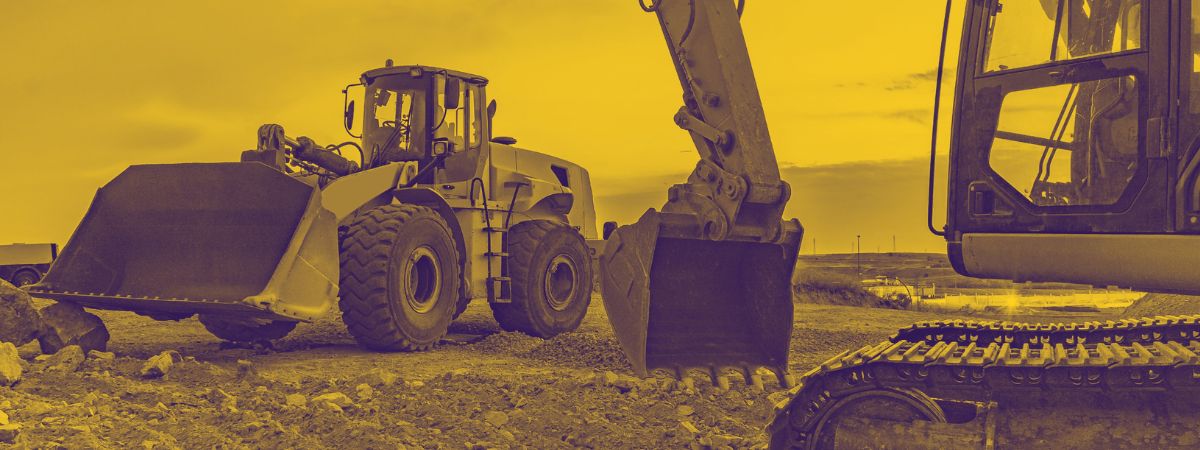
The Canadian Federal Budget of 2021 introduced a range of measures aimed at stimulating economic growth and assisting businesses in their recovery from the impacts of the COVID-19 pandemic. One of the standout features of this budget, which was later enacted through Bill C-19, is the immediate expensing provision. This significant tax measure can change how Canadian businesses invest in substantial assets, including earth-moving equipment. Here's what you need to know:
What is Immediate Expensing?
Immediate expensing is a tax provision that allows businesses to write off the total cost of certain capital assets in the year of acquisition rather than gradually deducting these costs over the asset's life (depreciation). This measure is designed to encourage businesses to make more investments by accelerating the tax deductions they can claim on their capital expenditures.
Scope and Eligibility
Under the immediate expensing provision, Canadian-Controlled Private Corporations (CCPCs) can immediately expense up to $1.5 million of eligible capital property per taxation year. This limit is shared among associated CCPCs and applies to capital assets acquired on or after April 19, 2021, and available for use before January 1, 2024.
The types of property eligible for immediate expensing include all capital assets subject to the Capital Cost Allowance (CCA), except for classes 1 to 6, 14.1, 17, 47, 49, and 51, which are expressly excluded. This means that most large assets and earth-moving equipment, typically included in Class 10 or 38, are eligible for this immediate expensing.
Impact on Large Assets and Earth-Moving Equipment
For businesses in industries that rely heavily on significant assets and earth-moving equipment, such as construction, mining, or large-scale landscaping, the immediate expensing provision can lead to substantial tax savings. For example, suppose a construction company purchases a new excavator for $400,000. In that case, it can deduct the entire cost of the excavator from its taxable income in the year of purchase rather than spreading the deduction over the useful life of the equipment.
Benefits and Considerations
The immediate expensing provision can improve a company's short-term cash flow by reducing the amount of tax payable. This can benefit businesses looking to upgrade their equipment or expand their operations. However, it's important to note that while the immediate expense provides a tax benefit in the year of purchase, it will not give any tax deductions related to the asset in subsequent years.
Planning and Strategy
Businesses should carefully plan their capital expenditures to maximize the benefits of immediate expensing. This may involve timing the purchase of significant assets or earth-moving equipment to align with the fiscal year in which the tax deduction will be most beneficial. Additionally, companies should consider the $1.5 million limit and prioritize the expensing of assets that will provide the most significant tax advantage.
Conclusion
The immediate expensing provision introduced in Canada's Federal budget and enacted through Bill C-19 represents a significant opportunity for businesses to invest in large assets and earth-moving equipment. By understanding and leveraging this tax measure, businesses can not only enhance their operational capabilities but also achieve meaningful tax savings that can support further growth and investment.
Remember, while this blog post provides a general overview, tax laws can be complex and subject to change. It's always recommended that businesses consult with a tax professional to understand the specific implications of their situation.
